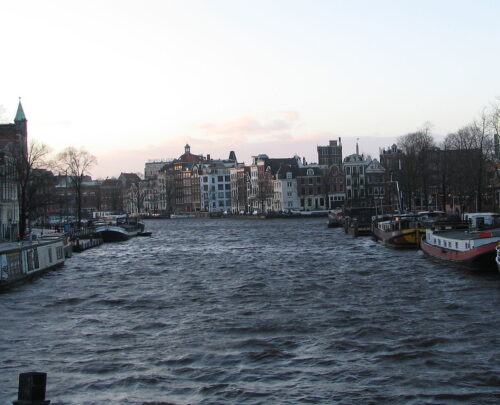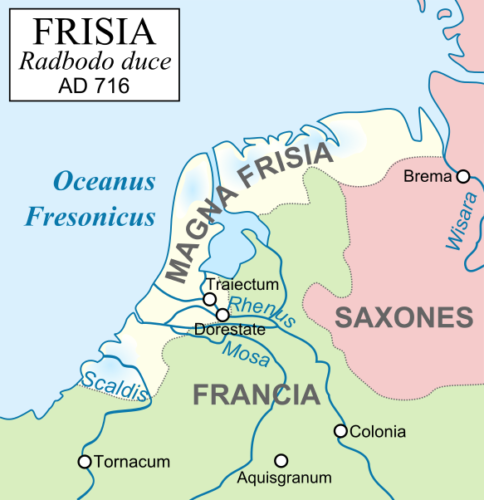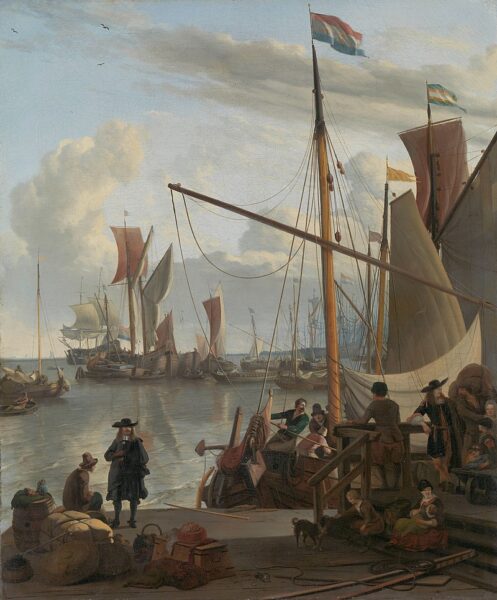Birth



Although recent excavations have shown that human presence in the area of modern-day Amsterdam existed from the time of the New Stone Age (2600 B.C), the formation of the city has its roots in the small fishing settlement of the twelfth century located near the marshy mouth of River Amstel.
The wider region of West Friesland was inhabited by the ancient Germanic tribe of Frisii after the year 500 BC until the end of the 3rd century AD when the historic traces stop. Some new references about Frisians re-emerge again in the mid-6th century. The Frisian Realm had its epicenter in Utrecht in West Friesland which was gradually separated from the rest of mainland Friesland because of several floods in the Zuider Zee (Southern Sea in Dutch) bay.
Practically an island, West Friesland became autonomous under the administrative control of the Bishopric of Utrecht while the lands around Amstel were drained to be cultivated.


At the beginning of the 1200s, a bridge that also served as a dam was constructed near the mouth of the Amstel and the IJ inlet. It would give the people living in its proximity, mostly fishermen, their future name.
The Aemstelledammers. “Aeme Stelle Redamme” in medieval Dutch is translated into Dam in an aquatic area. The town of Aemstelredamme started to expand right on the land of the River Amstel that was drained and reclaimed, while the area that is Damrak today, became the town’s main waterway and trading harbor.



